Advertisement
Stay safe while celebrating by using legal fireworks, keeping a safe distance and disposing of them properly
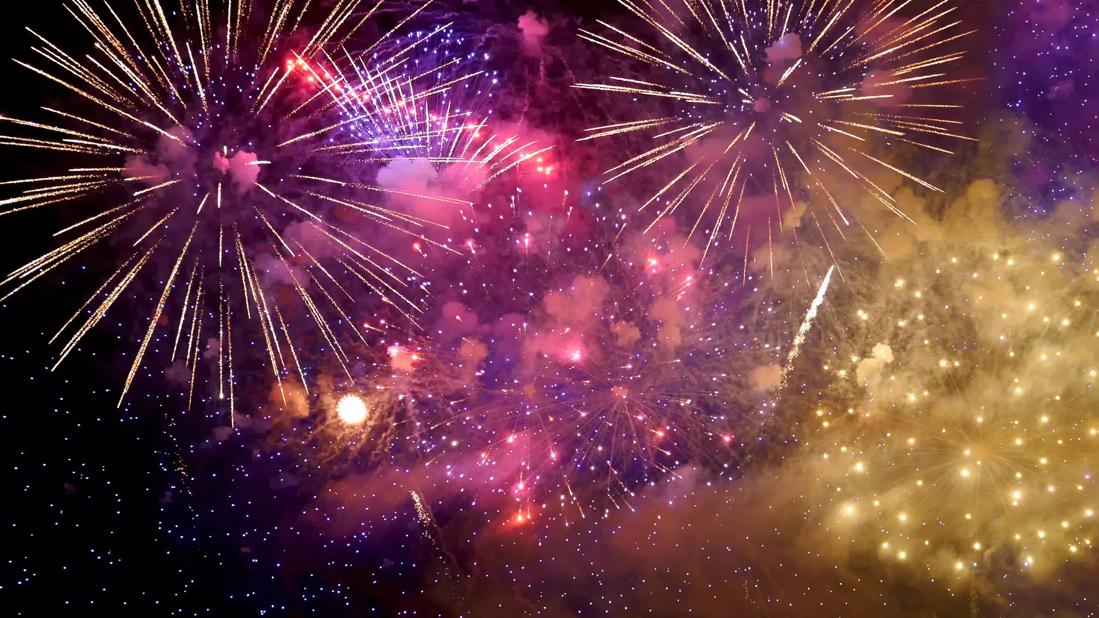
When you think of fireworks, you probably think of celebration. They’re bright, loud, colorful and encourage you to stop and enjoy the moment. But these explosions in the sky can also be dangerous if they’re not handled safely.
Advertisement
Cleveland Clinic is a non-profit academic medical center. Advertising on our site helps support our mission. We do not endorse non-Cleveland Clinic products or services. Policy
According to the Consumer Product Safety Commission (CPSC), there were about 10,200 emergency room visits in the U.S. for firework-related injuries in 2022. And about 28%of injuries happened to children under 15.
“Things we typically see in the emergency department involve injuries to fingers, hands and eyes,” emergency room physician Tom Waters, MD, says. This is consistent with CPSC’s findings, which reported 38% of injuries occur to the hands and fingers and 24% to the legs.
If you’re looking to enjoy fireworks during a holiday or barbecue, it’s better to go to a viewing spot where professionals are handling them. But if you want to use and legally set off fireworks on your own, it’s important to be cautious and prepared.
Dr. Waters explains the best ways to enjoy the beauty of fireworks while staying safe and avoiding injury.
Here are ways to be smart about how you handle fireworks.
Before we get into specific tips, make sure that the fireworks you’re dealing with are legal and certified.
Firework incidents become extra dangerous when banned, professional (as in, not made for personal use) and homemade devices are involved. When fireworks include illegal parts like fuses or uncertified chemicals, it raises the risk of something going wrong and causing injury. You should also never experiment with homemade fireworks.
How can you tell if your fireworks are legal and for home use? Avoid buying fireworks that are packaged in brown paper, which is often a sign that they’re made for professional displays and could pose a danger.
When using fireworks correctly, distance and location are key. Pick an open area that’s a good distance from buildings, bushes, animals and anything that can catch on fire. Next, make sure everyone is at a safe distance.
Establish a safety perimeter that you and anyone around you can’t cross once the fireworks are set off. For ground-based fireworks, viewers should be 35 feet away. If you’re doing aerial fireworks, increase the safety distance to at least 150 feet.
If you’re handling the fireworks, never lean over the fireworks when lighting the fuse.
In addition, make sure to light them one at a time. After lighting the fuse, move away quickly. Only after the first one is done can you light the next one.
Keeping water handy is important for putting out any unwanted fires and for proper cleanup. Make sure you have a bucket of water or a garden hose that you can get to easily.
In addition, properly discarding fireworks is just as important as properly setting them off. To prevent a trash fire after burning fireworks, soak them in water for a few hours before throwing them away.
Advertisement
Many firework-related injuries happen during celebrations like Independence Day, birthdays and New Year’s Eve because young children handle fireworks that people believe are less powerful. Unfortunately, things like sparklers, firecrackers and bottle rockets can be dangerous, too.
You might not realize that sparklers burn at temperatures of about 2,000 degrees Fahrenheit (1,093.33 degrees Celsius), which is hot enough to melt some metals. In 2022, sparklers and firecrackers combined caused an estimated 1,900 emergency department-treated injuries, according to CPSC.
So, if you’re going to put on a home fireworks display, it’s especially best to keep the kids at a safe distance.
You can do all the right things, and something can still go wrong with fireworks. That’s why it’s important to be prepared and know what to do if someone gets injured or burned.
It’s always best to treat a burn as quickly as you can. If someone you know is hurt from lighting fireworks, you can start first aid before getting to the ER, Dr. Waters says.
“If it’s a burn injury, you want to cool the burn right away and get a clean, dry dressing on it,” he explains. But don’t use ice on the burn and avoid using ointments or sprays. Instead, use cool — not cold — water by running the burned area under it for five to 20 minutes.
You can also use a clean, wet towel on the burn. To minimize pain, use some kind of thick moisturizer like petroleum jelly or aloe vera to help soothe the area.
You should then go to your nearest emergency room or healthcare provider so you can get the burn cleaned properly. Even if you don’t think it’s as bad as a third-degree burn, it’s always better to be safe than sorry.
“If it’s an injury from something exploding, you want to hold pressure on it to control the bleeding and get to the emergency department as fast as possible,” Dr. Waters adds.
While fireworks can be a fun way to celebrate many occasions, safety is the most important thing. And the safest way to enjoy fireworks is to watch a professionally produced display from a good distance. If you’re planning to use them yourself, make sure to use legal fireworks, handle them carefully, have water available and stay at a safe distance.
Advertisement
Learn more about our editorial process.
Advertisement
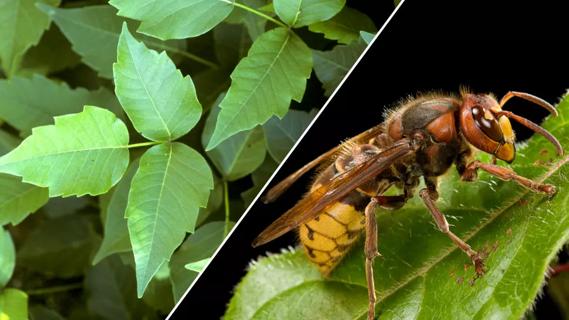
Poisons are inhaled, ingested or absorbed by your skin, while venoms are delivered by bites and stings
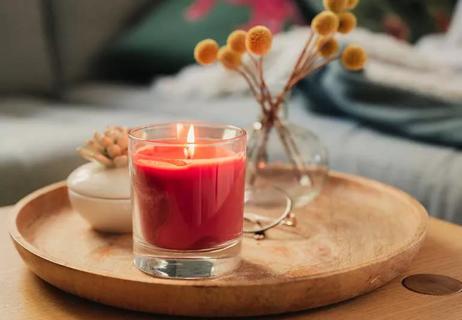
Candles release hydrocarbons into the air, but don’t pose a significant health risk
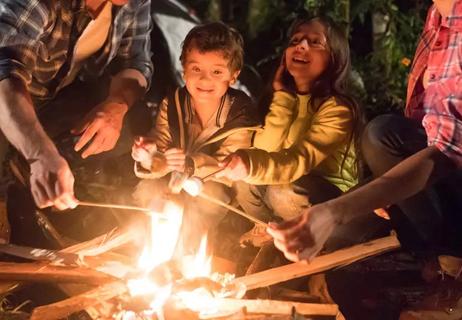
Establish rules and have a safety plan in place
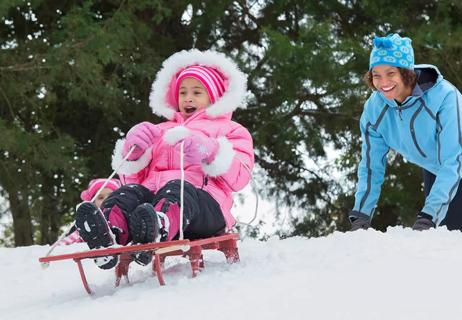
An ER doc shares tips for being careful while having fun
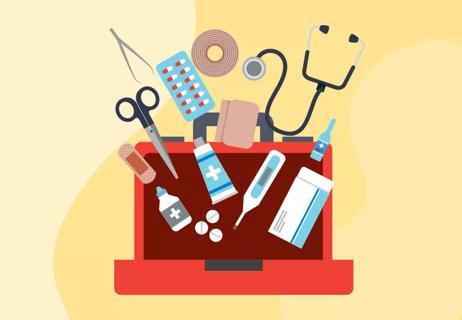
Keep these items on hand for minor scrapes, burn, sprains and more
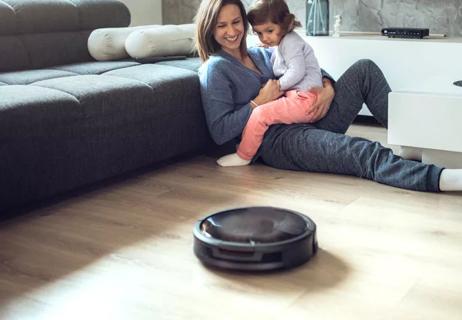
Best ways to fight indoor air pollution

Enteroviruses are often to blame for summer colds, leading to a runny nose, sore throat and digestive symptoms

The tickling response may be more about protection than enjoyment

Focus on your body’s metabolic set point by eating healthy foods, making exercise a part of your routine and reducing stress

PFAS chemicals may make life easier — but they aren’t always so easy on the human body

While there’s little risk in trying this hair care treatment, there isn’t much science to back up the claims